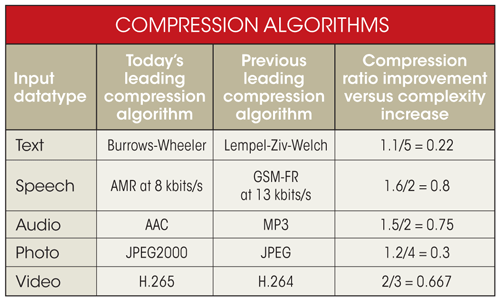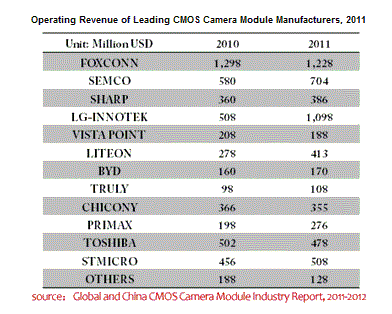CMOSIS announced that it has developed a 24MP HDR full-frame sensor exclusively for Leica Camera AG geared to an important volume market. The new "
Leica M" digital camera launched at Photokina 2012 incorporates the full-custom CMOSIS "Leica MAX 24MP CMOS Sensor" with active area of 36 x 24 sq.mm, aka the full-frame 35mm format. The sensor is the first milestone in a long term, strategic cooperation between Leica Camera AG and CMOSIS.
"
This is the first time that a CMOS image sensor for a 35mm high-end camera was designed, and is manufactured, in Europe for a European customer," said Guy Meynants, CTO at CMOSIS, Antwerp, Belgium. "
Apart form the ceramic IC package the Leica MAX 24MP CMOS Sensor is a 100-percent European product."
The new sensor features 6um pixels and is made by STMicroelectronics in Grenoble, France, using 300mm wafers in their IMG175 CIS technology. STM's 110nm frontend and 90nm backend CIS technology with copper metallization was originally developed for CMOS image sensors with 1,75um pixels for mobile phones and other consumer applications. The large die size, larger than the reticle size, requires the use of one-dimensional stitching.
The 6um pixel has a linear full well capacity of ≥40,000e- and a linear DR close to 76dB. Pixel data are digitized by patented low-power, high-speed 14-bit column ADCs. The sensor features an electronic rolling shutter with global reset and noise cancellation through both analog as well as digital correlated double sampling (CDS) resulting in low temporal and spatial noise and non-uniformities.
Special care was taken in the sensor development to reduce crosstalk between neighboring pixels for a wide range of incident light angles. The sensor reduces spatial crosstalk by its very thin stack from color filters to photodiodes. Microlenses with a strong curvature and high top height focus the incoming light rays in the center of each pixel's photodiode. The resulting low angular sensitivity of the QE at high ray angles was achieved by the particular features of STM's 110/90nm CMOS process. This allows the "Leica M" to accept the full range of high-quality lenses in the camera system, which includes wide-angle, large aperture lenses, at their full optical performance.
The full resolution frame rate is 5fps. The 24MP sensor also allows Leica to offer, for the full HD video recording and a live preview on an M-model camera. Power consumption of the sensor chip at full speed and resolution is specified at 700 mW.
It is housed in a 78-pin ceramic package covered by a customized glass with anti-reflective coating and near-infrared cut-off filter.
Update: EETimes Europe published an explanation picture on large angle of incidence in CMOSIS pixels:
Update #2: Electronic Specifier published a complete set of facts about the CMOSIS-Leica sensor.
























